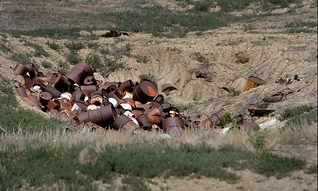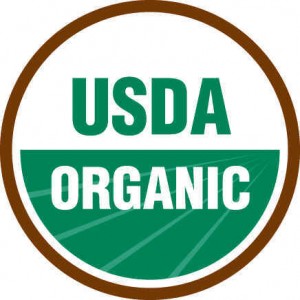14
Sep
EPA Issues Chesapeake Bay Clean-Up Commitment After False Starts
(Beyond Pesticides, September 14, 2009) On September 9, 2009, the seven draft reports stipulated in President Obama’s Executive Order on the Chesapeake Bay were released by federal agencies. The seven drafts are: reducing pollution and meeting water quality goals, targeting conservation practices, strengthening storm water management at federal facilities, adapting to impacts of a changing climate, conserving landscapes, strengthening science for decision making, and conducting habitat and research activities to improve outcomes for living resources.
President Obama signed the executive order on May 12, 2009. The seven draft reports are now available to the public. The Federal Leadership Committee will use these draft reports to create a strategy defining the actions needed to restore the Chesapeake Bay. On November 9, 2009, the strategy will be released for public comment. The public comment period will last 60 days, and a final strategy will be completed by May 12, 2010.
Although the final strategy will not be released until May 2010, agencies will be taking action in several areas before the strategy is finalized. EPA Administrator Lisa P. Jackson said, “We will not just be reviewing reports for the next eight months.” She promises to “take advantage of rules that she implied had been underenforced.” This suggests that change will start sooner, rather than later.
To meet water quality goals for the Bay, nitrogen and phosphorus pollution must be reduced by 44 percent and 27 percent respectively. Nitrogen excess is one cause of eutrophication, when water bodies receive a surplus of nutrients that cause excessive plant growth — algal bloom. When the dead plant material decomposes, it reduces the dissolved oxygen in the water, leading to the death of other organisms. This is a major problem for the Chesapeake Bay because the Bay supports over 3,600 species of plants, fish, and other animals. The Chesapeake Bay Program Executive Council confirmed at a 2007 meeting that the Bay Program would not meet its commitment to clean up the Bay by 2010 as per the 2000 Chesapeake Bay Agreement. The most recent analysis of the water quality shows that the Chesapeake Bay is only reaching 21 percent of the goals set under the Agreement.
According to documents released with the announcement, “The report also relays EPA’s intention to hold the states in the watershed more accountable for controlling pollution, through increased oversight, enforcement activities and new policies. Urban and suburban runoff pollution is the fastest growing source of pollution to the Chesapeake Bay, while agricultural runoff is the largest.”
Many fertilizer products on the market contain a mixture of pesticides,nitrogen and phosphorus, such as “weed and feed” products. While the drafts propose to deal with pollution, they are not at this point addressing the problems associated with pesticide runoff in the Chesapeake Bay watershed. This is not an issue addressed in this executive order, but it is a major issue for the health and safety of the Chesapeake Bay. One way that these pesticides get into the water is from runoff from lawns and other landscapes. In the absence of state action, it should be noted that 40 states preempt the authority of their towns, cities and counties to restrict pesticides, such as those polluting the Chesapeake Bay.
However, Dane County, Wisconsin has banned “weed and feed” as a fertilizer, circumventing state preemption law on pesticides. The decision by local officials was upheld in court after a challenge by the pro-pesticide trade group, Responsible Industry for a Sound Environment (RISE).
As the White Paper produced by the Maryland Pesticide Network and the Pesticides and the Chesapeake Bay Watershed Project explains, “in a study of Chesapeake waters in 2004, researchers detected atrazine in 100% of water samples taken at sixty different stations spread across five different Bay tributaries.” This White Paper also cites common sources for pesticides in water, including runoff water, spray drift, and sewage sludge from wastewater treatment plants, to name a few.
For further information on water degradation, please visit Beyond Pesticides’ Threatened Waters page.



















